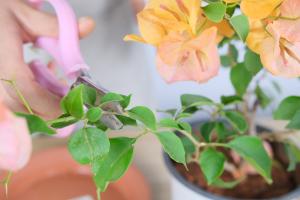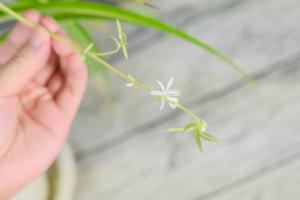Introduction
When it comes to Bonsai trees, many people wonder whether they originated from Japan or China. Bonsai tree culture is a deeply-rooted tradition in both countries, but the answer to this question is a bit more complicated than a simple "yes" or "no" answer. Let's delve deeper into the history of Bonsai trees and where they come from.
The History of Bonsai Trees
The art of Bonsai is believed to have originated in China around 1,000 years ago. Chinese farmers began cultivating miniature plants in containers as a way to decorate their homes and gardens. These miniature plants were often shaped to resemble animals and symbols, making them highly prized decorations among the wealthy and elite.
During the Tang Dynasty (618-907 AD), wealthy Chinese scholars began to integrate Bonsai trees into their garden designs. This trend continued into the Song Dynasty (960-1279 AD) when Bonsai trees began to gain greater cultural significance in Chinese society.
During the Kamakura period (1185-1333 AD), Japan started to incorporate Bonsai trees into their culture. It is believed that Japanese monks brought back to Japan some of the miniature trees that they saw in China, and started to create their Bonsai trees. Over time, the art of Bonsai in Japan evolved into a highly respected and intricate practice, influenced by Shintoism and Zen Buddhism.
Japanese vs. Chinese Bonsai Trees
As you can see, both China and Japan have distinct histories of Bonsai tree cultivation. However, there are some differences in style and technique between the two.
Japanese Bonsai trees tend to be more refined and delicate, with a focus on creating a sense of harmony and balance between the tree and its container. Japanese Bonsai artists often use wiring techniques to shape the tree, as well as methods like deadwood carving to create unique and artistic shapes.
Chinese Bonsai trees, on the other hand, tend to be more colorful and flamboyant. The focus is more on the visual impact of the tree, with a bold use of branches and foliage to create striking silhouettes. Chinese Bonsai artists often use pruning techniques to shape the tree, as well as grafting methods to create unique and unusual shapes.
Conclusion
In conclusion, the answer to the question "Is a Bonsai tree a Japanese or Chinese plant?" is a bit of both. While the art of Bonsai originated in China, it was Japan that developed it into the refined and revered art form that we know today. Regardless of their country of origin, Bonsai trees are a stunning example of the beauty that can be created through patience, dedication, and an appreciation for the natural world.

 how many times do yo...
how many times do yo... how many planted tre...
how many planted tre... how many pine trees ...
how many pine trees ... how many pecan trees...
how many pecan trees... how many plants comp...
how many plants comp... how many plants can ...
how many plants can ... how many plants and ...
how many plants and ... how many pepper plan...
how many pepper plan...






























